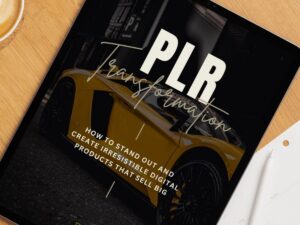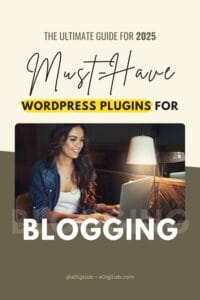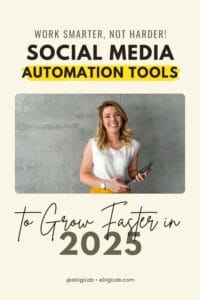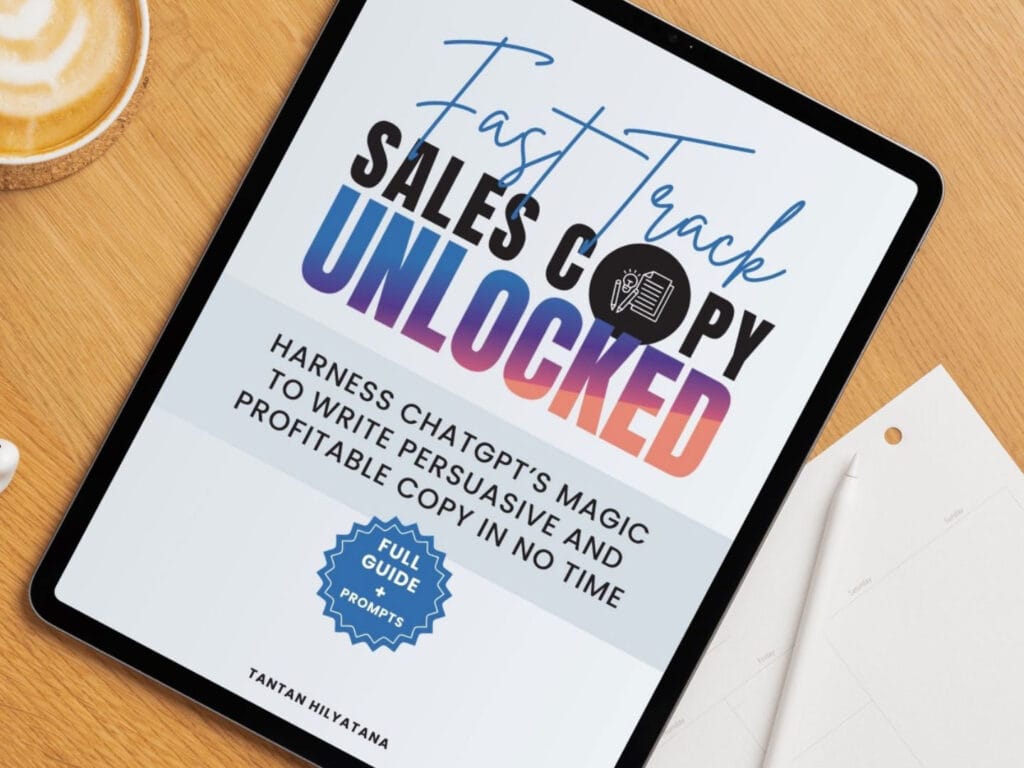Hands-on Mentorship Building Successful Digital Product Business.
If you’re a digital creator and selling digital products (like coaching, eBooks, templates, printables, tools, etc.), here’re social media platforms you should use – whether you’re promoting products on social media, or promoting businesses or your brands. Doing it effectively, you’ll be able to get first sale of your digital product in 3 weeks or less. Thanks to effective social media marketing approach to promote digital products.
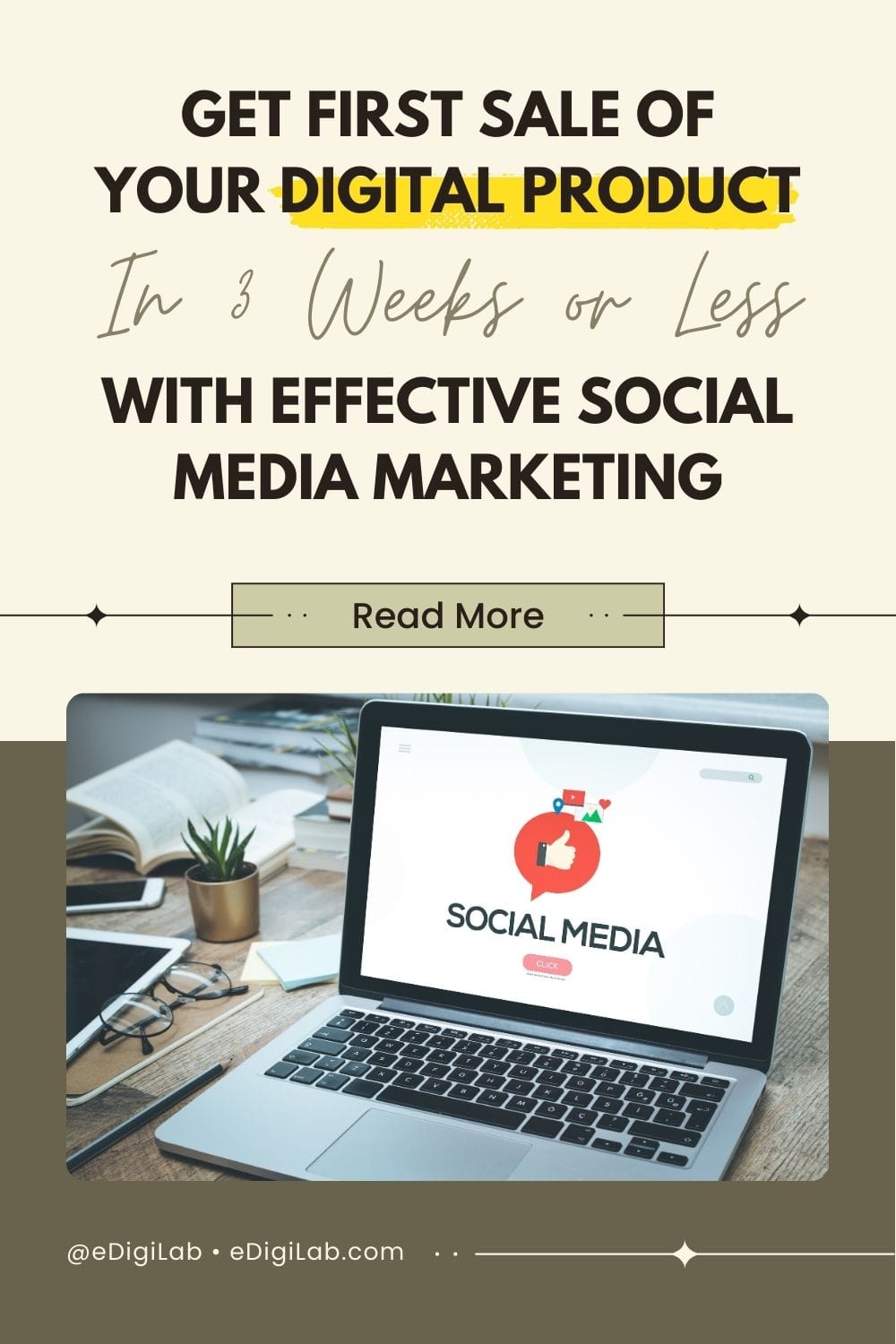
In this article, we’re also going to address these common questions:
How to promote your digital products? Where to promote digital products? What the best social media marketing approach? What social media platform you should use to promote your products or businesses? Should you run simultaneously or just pick one social media platform?
First thing first, start with…
🔍 Identifying Your Audience
Ask yourself:
- Are they visually inspired?
- Are they actively searching for ideas?
- Are they hanging out for entertainment or to learn?
By identifying your audience in advance, you’ll understand type of platform they’re actively engaged.
Where to Promote Digital Products?
Before we dive into the effective social media marketing approach, let’s breakdown the social media platforms – so you’ll understand the characteristic of each social media platform, then you can consider and decide which platform is the best to fit your business to get the most of results.
Promoting Business on Social Media
1. Pinterest
- Best for: Evergreen content, search-based discovery (like coloring pages, templates, planners)
- Use for: Printables, planners, and templates do very well.
- Pros: Long content lifespan, link-friendly, high conversion.
- Cons: Takes time to build traffic.
Content Ideas:
- Pin images of your coloring pages, templates, mockups.
- “How to use” guides with pin images.
- Link each pin directly to your product page or landing page.
- Create multiple pins for one product with different headlines and different images.
Why it’s effective for your business to use Pinterest?
- Visual search engine (not just a social platform).
- Evergreen traffic (pins can bring traffic for months/years).
- Ideal for your audience—especially creatives, moms, small business owners, and Etsy shoppers.
2. Instagram
- Best for: Visual storytelling, community building, and engagement.
- Use for: Showcasing your product mockups, carousels with tips, reels with behind-the-scenes.
- Pros: Strong visual brand presence.
- Cons: Hard to convert unless you use link-in-bio tools and automation, short content lifespan.
Content Ideas:
- Carousel posts (e.g., “Before vs After” mockup uses).
- Reels of how your Canva templates or mockups work.
- Behind-the-scenes: How you design your products.
- User-generated content or testimonials.
Why it’s effective to use Instagram?
- Visual platform perfect for showcasing your digital products (printables, mockups, templates).
- High engagement for reels and carousels.
- Great for building a brand and community.
3. Facebook
- Best for: Groups, community interaction, retargeting with ads.
- Use for: Building a group, or running ads.
- Pros: Targeting is powerful, especially for retargeting.
- Cons: Organic reach is limited.
Why Facebook?
- Strong for community engagement and personal connections.
- Facebook Groups = niche audiences (e.g., mom groups, small biz groups, Etsy seller communities).
How to use Facebook:
- Join relevant groups (read rules) and provide value before promoting.
- Create your own group if you’re building a brand.
- Share links to new products, blog posts, and tutorials on your FB page.
4. Threads (by Instagram)
- Best for: Short-form thoughts, discussions, sharing value quickly.
- Still new, but if your audience is active there, it’s a great space to build early.
- Pros: Low pressure, high engagement early on.
- Cons: Not ideal for direct conversions (yet).
5. TikTok
Why TikTok
- Explosive growth and high reach potential—even with no followers.
- Perfect for quick how-to videos, product showcases, and trends.
Content Ideas for TikTok:
- “Watch me turn this blank page into a coloring book!”
- “Day in the life of a digital product creator.”
- Quick Canva tutorial using your templates.
- Trend-based sounds with product twist (e.g., mockup magic).
Tips: Repurpose TikToks as Instagram Reels and YouTube Shorts.
6. YouTube / YouTube Shorts
Why YouTube is valuable?
- Long-form + short-form video potential.
- You can build authority with tutorials, walkthroughs, and reviews.
- Evergreen content that ranks in Google and YouTube search.
Content Ideas for YouTube:
- “How to Use Canva Mockups for Your Etsy Product.”
- “Best Tools for Digital Product Sellers.”
- Time-lapse of designing a new printable or template.
- Share your journey: “How I Made $X with Digital Products.”
Tips: Add your product links in your video descriptions.
7. Twitter (X)
Why X/Twitter is useful?
- If you’re targeting digital marketers, small business owners, and tech-savvy audiences.
- Great for building authority and sharing quick thoughts, threads, or product drops.
Content ideas for X/Twitter:
- Threads like “5 tools every Etsy seller should use”
- Sharing new product drops or behind-the-scenes process
- Engaging in conversations and hashtags like #EtsySellers, #ProductivityTools, etc.
8. LinkedIn
Best for B2B products/services you offer (like landing page copywriting, custom websites, mockups for digital marketers).
Why use LinkedIn?
- Professional audience = higher spending power
- Easier to network with collaborators, clients, and marketers
What to share on LinkedIn:
- Portfolio pieces or client success stories
- Thought leadership posts: “Why your landing page isn’t converting”
- Articles about conversion strategy, copywriting, or digital product design
How To Promote Your Digital Products with Effective Social Media Marketing Approach
So… Should you use all social media platforms? Nope—not at once. You’ll burn out fast unless you have a team or automation.
The effective social media marketing approach to promote your digital products:
Start with 1 primary platform + 1 repurposing platform.
Here’s the combo option:
1. Combo Option 1 (Visual & Searchable)
- Primary: Pinterest (drive traffic & sales)
- Secondary: Instagram (engage and nurture)
You can create 1 product promo or content idea → turn into multiple formats:
- Carousel for IG
- Reel for IG
- Pin graphic for Pinterest
- Pin video for Pinterest
- Story on IG
- Post on IG
- Repurpose carousel for Threads (optional)
2. Combo Option 2 (Community & Retargeting)
- Primary: Instagram
- Secondary: Facebook (for ads or a group)
3. Combo Option 3 (Share Thoughts & Visual)
- Primary: X/Twitter
- Secondary: Instagram
With the strategy of 1 primary platform + 1 repurposing platform, basically you create 1 content idea and turn it into multiple formats, e.g., text-based, image post, carousel, short/reels, all from just 1 content idea.
Summary
If you’re short on time:
- Start with Pinterest (long-term growth + sales)
- Or Instagram (short-term engagement + trust)
If you can commit to combo option 2:
- Do Pinterest + Instagram and repurpose your content across both.
💡 Pro Tips for Managing Multiple Platforms:
- Repurpose content (1 idea → Reels, TikTok, Pinterest Pin, Carousel, Tweet, etc).
- Use a social media scheduler.
- Track performance weekly to see what platform brings best traffic/sales.
- Reddit (optional but niche-specific advantage): join niche subreddits and be helpful first, promote only when allowed.
- If you’re already active on Instagram, Threads is low-effort to test and grow.
⚙️ Tools for Automation and Social Media Management
Using automation tools for social media marketing can seriously boost your efficiency, consistency, and overall results. Here’re the tools we recommend:
Automate the repetitive. Focus on what truly matters. Because your business deserves more efficiency, consistency, and growth — without the burnout. Thanks to the automation tools!
